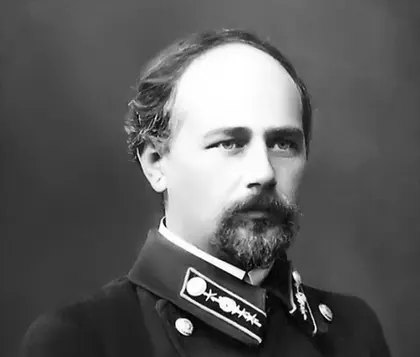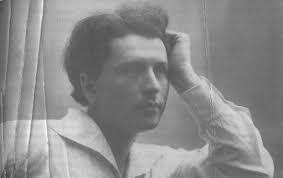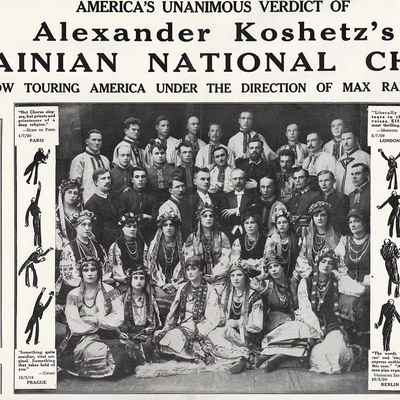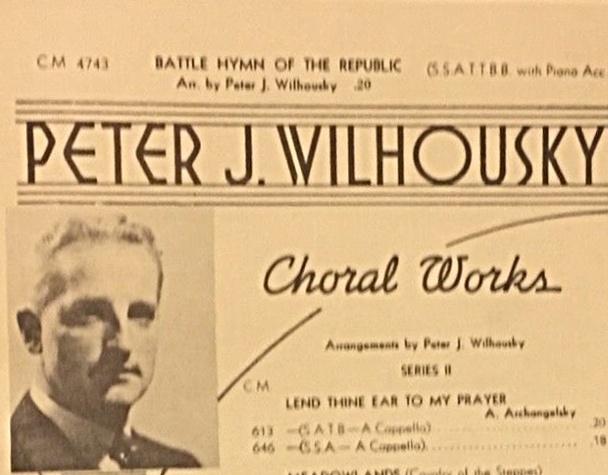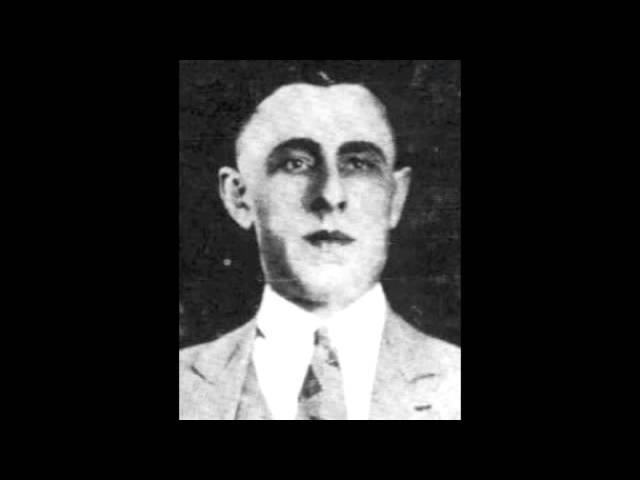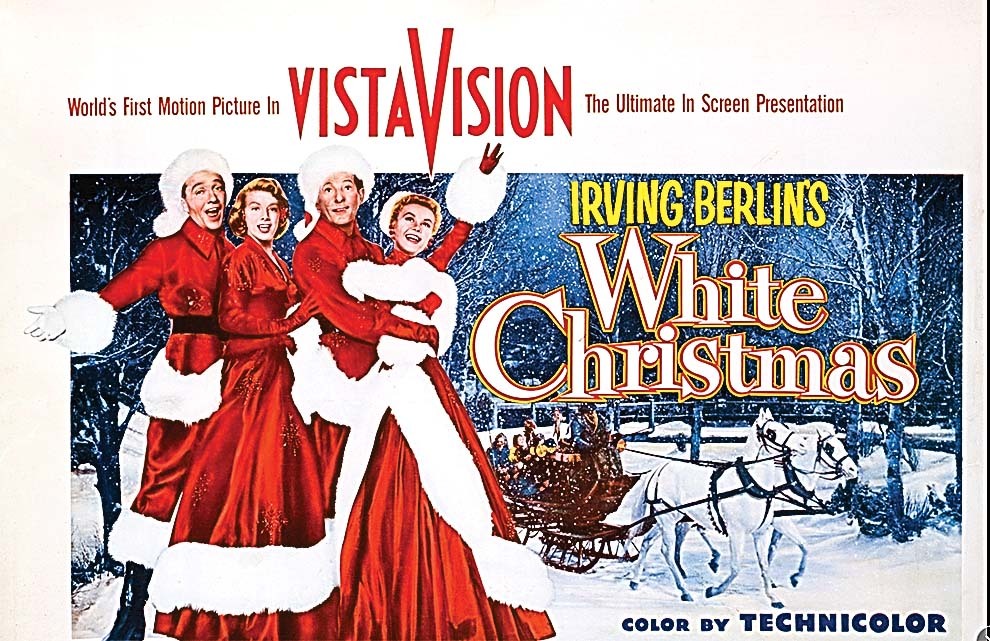Christmas and the New Year are in the air. And so is the sound of favorite carols.
One of the world’s most popular Christmas melodies and songs is the “Carol of the Bells.” The tune is so catchy that the carol can be performed in almost any genre, from classical, to jazz and rock, and even metal. Not surprisingly, it has featured in films and TV shows.
JOIN US ON TELEGRAM
Follow our coverage of the war on the @Kyivpost_official.
But did you know that this international Christmas hit was brought to the United States in the early 1920s by a touring Ukrainian choir? Or that its Ukrainian composer, Mykola Leontovych, was killed in 1921 in Kyiv by a Soviet secret police agent and therefore did not live long enough to witness the great fame that his work achieved.
There are other interesting details about the “Carol of the Bells” and its connection with Ukraine that deserve to be known. Leontovych studied theology and music and ended up teaching music in Kyiv and conducting church choruses. The preeminent Ukrainian conductor and choirmaster of the time, Oleksandr Koshyts (Koshetz), recognized his talent and popularized his compositions.
What became known as the “Carol of the Bells” was in fact based on an ancient Ukrainian folk chant, some consider to date from prehistoric times, associated with the coming of the New Year. It tells the story of a swallow visiting a family to announce that the new year will be a generous one. Leontovych named it “Shchedryk” (the generous one), alluding to the tradition of wishing good fortune during this season, especially on Jan. 13, which is New Year’s Eve by the “Old” or Julian Calendar. The work was first performed by students at Kyiv University in December 1916.

China, EU, Ukraine Leaders Take Davos Stage Under Trump Shadow
As a result of the unsuccessful struggle for Ukraine’s independence that followed the collapse of the Russian Empire in 1917, and the gradual imposition from Moscow of Soviet rule, many leading Ukrainian cultural figures were forced to flee abroad. Leontovych remained. Koshyts, however, was appointed by the leader of the beleaguered Ukrainian People’s Republic, Symon Petliura, to head a hastily assembled Ukrainian Republican Choir from the best of the country’s singers. Their mission was to promote the Ukrainian cause abroad through cultural diplomacy.
The Koshyts Choir left on a West European tour in 1919 and it included Leontovych’s works in its repertoire. After the Soviet conquest of Ukraine, the Choir, renamed the Ukrainian National Choir, became stranded in the West. During the following years it performed in numerous cities in Europe, the U.S., Canada, Cuba, Mexico and Brazil.
Koshyts and his choir made their debut in the U.S. on Oct. 5 1921 to a sold-out audience at New York’s Carnegie Hall. “Shchedryk” and several other of their beautiful songs were a sensation. The choir made New York its base and gave many more performances there and elsewhere.
One of the other musical gems that the Koshyts Choir brought from Ukraine was the lullaby “Oi khodyt’ son.” Some believe that after hearing it, George Gershwin based his legendary aria “Summertime” from the 1935 opera “Porgy and Bess” on it. The similarity between the melodies is certainly striking.
In 1936 a local composer and choral conducter of Ukrainian extraction, Peter Wilhousky, wrote new English lyrics to Leontovych’s work and transformed it into the “Carol of the Bells.” His lyrics had nothing in common with Leontovych’s words.
Instead of a swallow’s song, Wilhousky heard the sound of ringing bells in the music. He masterfully added words, that only the Christmas song “Jingle Bells” can match in the associating Christmas with bells.
Hark how the bells,
Sweet silver bells,
All seem to say,
Throw cares away
Christmas is here…
Wilhousky retained the copyright to the lyrics, and only Ukrainians in the know continued to give credit to Leontovych for producing the marvelous musical composition.
One of the stars of the Koshyts Choir was Glib Chandrowsky. He was a basso profundo and reputed to have the deepest voice known at the time. He made several recordings in the U.S. in the 1920s, one of which is a Ukrainian carol “In Bethlehem.” There was something very poignant about this – a recent Ukrainian political and cultural refugee recording a carol in exile at a time when celebrating Christmas and singing carols were politically disapproved of by the communist regime in his homeland.
And in connection with the best-loved songs connected with Christmas, there’s another surprise for you. One of the most popular American vintage films on the theme of Christmas is “White Christmas,” made in 1954 starring Bing Crosby and Danny Kaye. It is best remembered for the song “I’m dreaming of a White Christmas,” written by Irving Berlin and recorded by Crosby.
In the finale of the film, this song is sung by Crosby, Kaye and others, and leaves an unforgettable warm Christmas glow. But did you know that the incredibly talented and successful American comedian, musician and philanthropist, Danny Kaye, was in fact the son of Ukrainian Jewish immigrants from the city of Dnipro (formerly Dnipropetrovsk). His real name was David Daniel Kaminsky. Incidentally, five years earlier, Kay starred in a comedy loosely based on Nikolai Gogol’s “The Inspector General.”
In its 1987 obituary for Kaye, The New York Times wrote: “many admirers called him the greatest comedian of his time. President Reagan said… he ‘could light up a room just by smiling.’”
So now it remains to wish all the best for our readers in the words of the Christmas song that Kaye helped popularize, and hope that Leontovych’s swallow brings you the good fortune you deserve:
I'm dreaming of a white Christmas
With every Christmas card I write
May your days be merry and bright
And may all your Christmases be white.
This article originally appeared in Panorama, December 2019, and is reprinted with permission.
You can also highlight the text and press Ctrl + Enter


